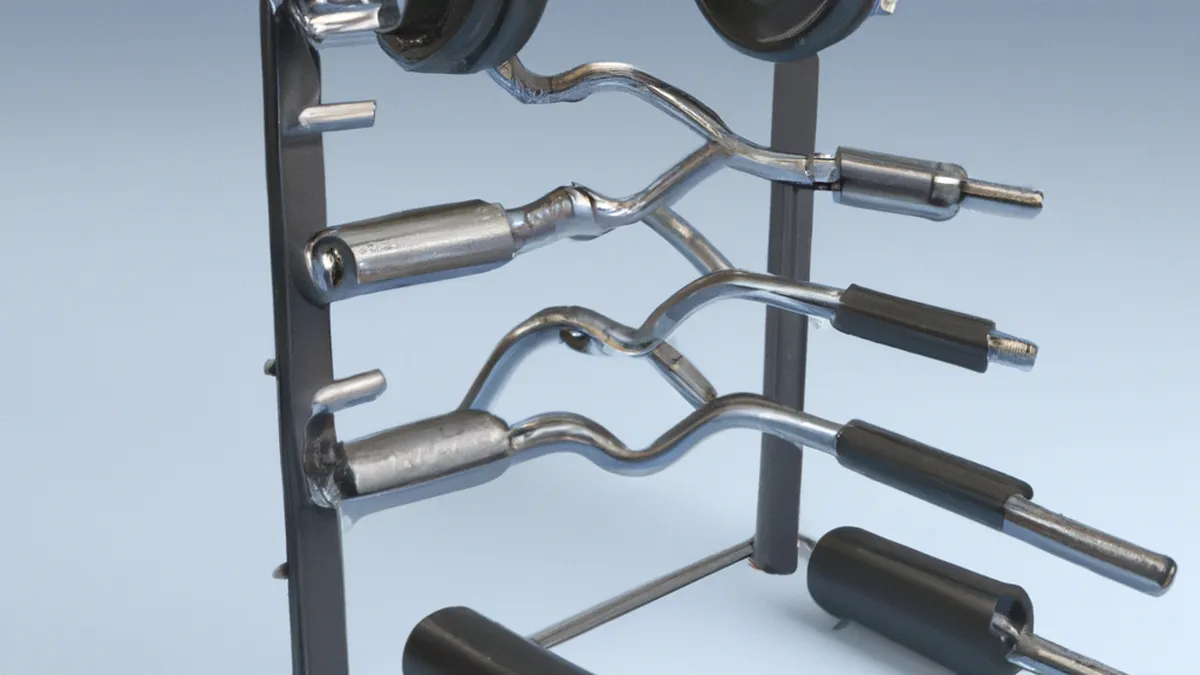Surge Forward: Eccentric Techniques for Athletes
Eccentric Overload for Improving Functional Strength in Athletes
Athletes seek innovative training methods to enhance performance, resilience, and strength. Eccentric overload focuses on the eccentric phase of muscle contraction. This technique improves functional strength and offers additional benefits for athletes. This blog explores eccentric overload, its science, implementation, and advantages for athletes.
What is Eccentric Overload?
Eccentric overload emphasizes the eccentric phase of muscle contraction. This phase occurs when a muscle lengthens under tension. For example, the lowering phase of a squat or bench press illustrates this. Here, muscle fibers experience significant load, increasing activation and recruitment. Many training regimens prioritize the concentric phase, neglecting the eccentric phase where strength gains occur.
The Science Behind Eccentric Training
Research shows eccentric contractions produce greater force than concentric contractions. Muscles activate uniquely during eccentric movements. Eccentric training recruits more motor units, leading to higher muscle fiber activation and strength gains.
Additionally, eccentric training induces more muscle hypertrophy than traditional strength training methods. Micro-tears in muscle fibers during eccentric contractions stimulate recovery, resulting in increased muscle size and strength. Eccentric training also enhances muscle coordination, improving the ability to control forces during dynamic movements.
How to Implement Eccentric Overload
Athletes can effectively incorporate eccentric overload into routines by following these tips:
1. **Controlled Movements**: Focus on a slow, controlled descent during exercises. For instance, take 3-5 seconds to lower your body in a squat. This motion emphasizes the eccentric phase and maximizes activation.
2. **Gradual Weight Increase**: Start with lighter weights and increase the load gradually. Progressive overload allows muscles to adapt safely.
3. **Eccentric-Only Exercises**: Include exercises that focus on the eccentric phase. Examples are eccentric pull-ups or eccentric bench presses. These movements enhance strength and muscle growth.
4. **Resistance Bands**: Use resistance bands to add tension during the eccentric phase. This method challenges muscles and enhances activation.
5. **Negatives**: Incorporate negative training, focusing solely on the eccentric portion. For instance, lift a certain weight concentrically but lower it slowly.
Conclusion
Eccentric overload offers athletes an effective way to enhance strength and performance. By focusing on the eccentric phase, athletes can achieve significant strength gains and muscle growth.
Below are related products based on this post:
FAQ
What are the primary benefits of eccentric overload training for athletes?
Eccentric overload training enhances functional strength, muscle hypertrophy, and coordination. It engages more motor units, leading to higher muscle fiber activation and strength gains. Additionally, it promotes recovery through micro-tears in muscle fibers, resulting in increased muscle size and improved performance in dynamic movements.
How can athletes safely implement eccentric overload into their training routines?
Athletes can safely implement eccentric overload by focusing on controlled movements, gradually increasing weights, incorporating eccentric-only exercises, using resistance bands, and including negative training. These strategies emphasize the eccentric phase of muscle contractions, allowing for effective strength gains while minimizing the risk of injury.
Why is the eccentric phase often neglected in traditional training regimens?
The eccentric phase is often neglected because many training programs prioritize the concentric phase, where muscles contract and shorten. However, the eccentric phase is crucial for strength development, as it allows for greater force production and muscle fiber recruitment. Focusing exclusively on the concentric phase can limit overall strength gains and muscle growth.















Post Comment